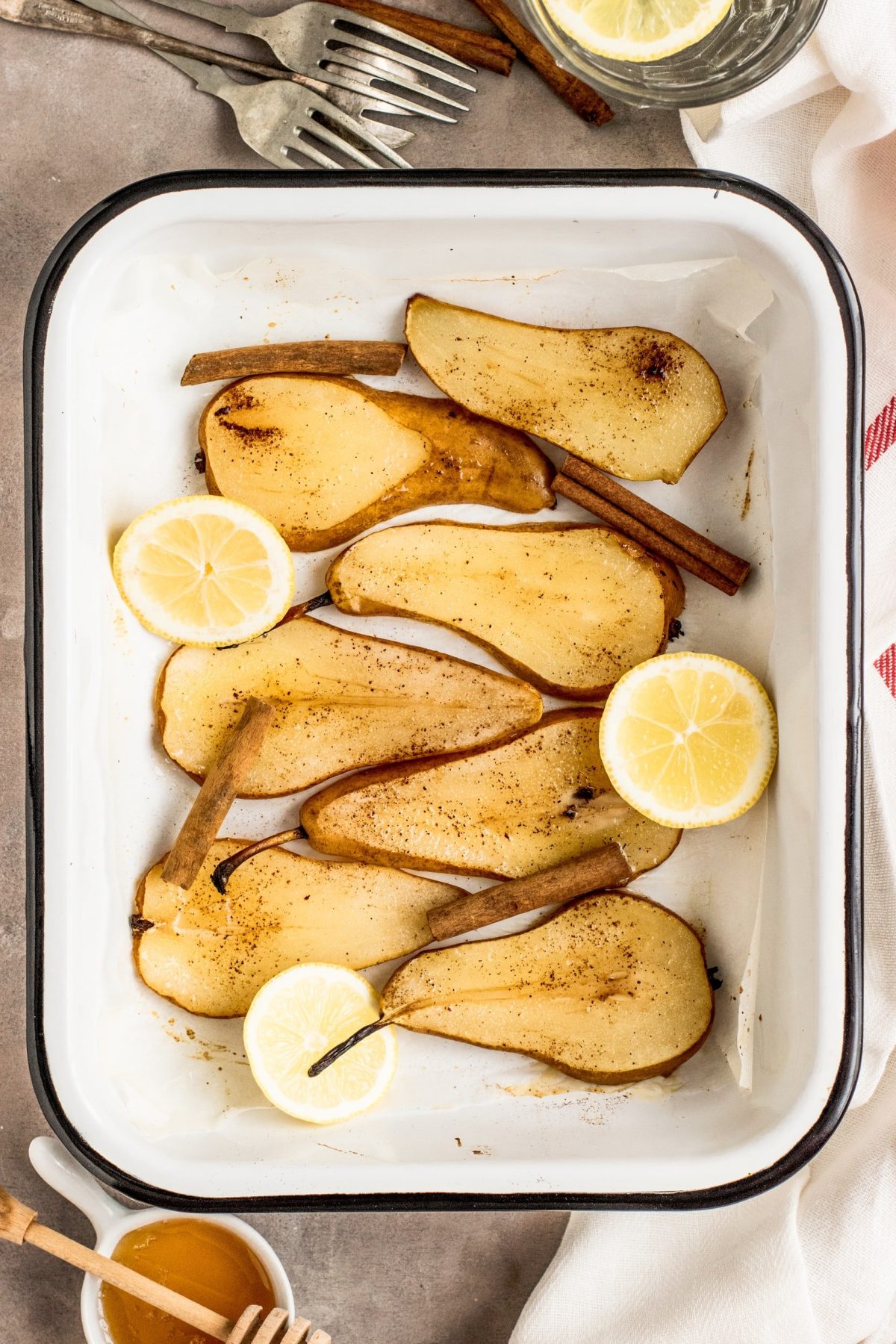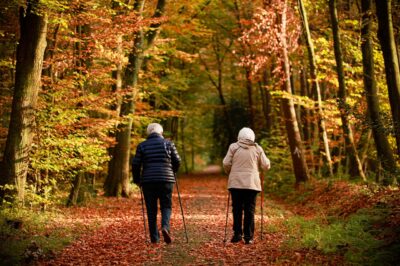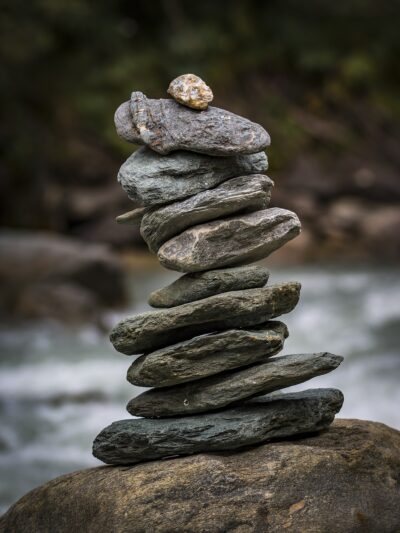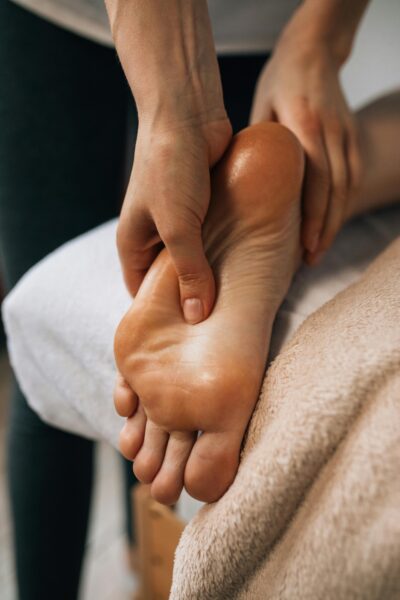

According to Chinese Medicine and Five Element Theory, autumn is associated with the metal element and Lung system, which dominates the skin, respiratory system, immunity, the emotion of grief, and is associated with the weather, dry, or sensation of dryness. The metal element, and lungs are associated with allergies, sinus issues, frequent colds and flus, dry cough and throat, and skin issues. Here are some tips for students as they start back to school; they are actually great suggestions for everyone as we transition from summer into fall.
Wear a scarf around your neck:
At this time of year, we are particularly susceptible to illnesses affecting the lungs. In Chinese medicine, the common cold is called a “wind attack”. Just like the wind coming suddenly and blowing the leaves off the trees, so too comes a common cold. If you look at a tree during a storm, the trunk is stationary, and the branches sway back and forth. It is the upper part of the tree that is affected. In the Fall, it is common in Asian countries to see both men and women wrapping scarves around their necks. They are protecting the upper part of their bodies, specifically their necks, from catching a chill, which can lead to getting sick. A wind attack comes with heat (sore throat, a dry nose, chapped lips, dry, or burning cough with yellow sputum, and a slight fever) or cold (chills, aversion to cold, stiffness – especially in the neck, headache, and white or clear-colored phlegm). Not only will you be fashionable this season, but it is an easy way to stay warm and healthy. If perchance via COVID (where it is not serious enough for a hospital visit, but where it is uncomfortable), or the common cold, you are struck with wind-heat or wind-cold, we can prescribe an herbal formula tailored to your symptoms. In Chinese medicine, there are roughly 13,000 medicinals. Most acupuncture clinics carry approximately fifty fundamental herbs. As you can see by the list of symptoms possible with a wind attack, each person’s illness can present differently. A common way to prescribe herbs is to change the formula every few days as your symptoms change and you improve. This is a unique aspect to Chinese medicine as no two patients receive the exact same formula.
Acupuncture, acupuncture, acupuncture!
In a recent Harvard Medical School study “neuroscientists conclude that acupuncture regulates inflammation in response to bacterial infections. The study finds acupuncture effective in ameliorating the effects of pro-inflammatory cytokine storms. . . and demonstrate that acupuncture increases survival rates and prevents disease progression.” This is especially pertinent during the Pandemic. In our clinic, we work to strengthen the immune system so seasonal inflammatory conditions can be prevented, and also work with acute conditions affecting immunity.
Nourish your lungs:
Autumn and winter are the time to nourish the Yin, or body fluids. Especially in Colorado, a dry climate, it is important to eat foods that are moistening and protective to the lungs. Baked pears are a delicious and protective food to eat in the fall. Pears help to cool and lubricate the Lungs and Large Intestine. They will “generate fluid” to help the body clear heat. Baked or eaten fresh, pears can aid in clearing coughs, reducing constipation, and moisturizing the skin. Try this delicious recipe for Ginger Honey Baked Pears.
Lung moistening foods:
Include plenty of fluids, especially in the form of soups, wheat, oats, rice, millet, barley, adzuki beans, black beans, mung beans, eggs, dairy in moderate amounts, yogurt, tempeh, nuts, seeds, pine nuts, tofu, pork, chicken, duck goose, mackerel, sardines, oysters, mussels, clams, cuttlefish, squid zucchini, squash, potatoes, sweet potatoes, string beans, beets, button, mushrooms, kelp, spirulina, apples, bananas, mulberries, mango, melons, coconut, peaches, apricots, olive oil, flaxseed oil, almond oil
Lung strengthening foods:
Are fresh foods that are “white” or have white centers– such as cauliflower, almonds, daikon radish, potatoes, turnip, parsnip, rutabaga, apple, pear, rice, oats, sesame seeds, onion, garlic, and white peppercorns. Spicier foods such as onion or garlic, would be eaten if you feel like you are getting sick, but if you are experiencing dryness, it is best to abstain. (Please note that white flour and white sugar are not part of these Lung-strengthening foods! In fact, they can further deplete the immune system.)

Eat warm foods:

This is one of the first suggestions most acupuncturists and herbal practitioners will recommend. There is a simple test: drink a cup of ice water and see how your body feels, followed by warm water. Cold food and water are constricting and stagnating while warm foods and drink help the Qi (vital energy) flow. If you look at Boulder Creek in the winter, it looks frozen with very little movement. As the sun shines and the water thaws, you will notice movement. This is the time of year to both conserve and promote warmth in your body. The typical American diet starts your morning with cold milk and cereal, or a fruit smoothie. We do not recommend this practice during the cold months. In many cultures, breakfast starts with warm root vegetables and a protein. Another choice can be a congee or oatmeal with cooked fruit. Start your day off with warmth and good nutrition.
While ninety degree heat is a great time to eat watermelon and salads, in the winter, we recommend eating seasonal, cooked foods. To get an idea of how to cook or what to buy, take a look at the fruits and vegetables that are locally grown. We recommend using a wok and flash frying your vegetables, baking or grilling them, or making a hearty, readily available soup or stew. Soups and stews are great options for fall and winter, especially if you have busy weeks. Take a Saturday or Sunday and do some shopping. You can put a bunch of food in a slow cooker and “presto whammy!”, you have food for the week. A little preparation can make a huge difference in your ability to take care of yourself.
Breath work:
Let Cassandra Krug, L.Ac., Dipl. O.M. lead you through these Qi Gong exercises to strengthen your lungs.
“You should sit in meditation for twenty minutes every day, unless you are too busy. Then you should sit for an hour.”
— Dr. Sukhraj Dhillon
Qigong, which translates as “breath cultivation,” is one of the Eight Branches of Traditional Chinese Medicine (TCM) and has been practiced in China for thousands of years. Qigong uses internal and external movements, coupled with breathing, in order to encourage circulation (the movement of blood, qi, and lymph) throughout your body. External movement is breath awareness, and internal movement is focus, or meditation. This flow in Chinese medicine is known as “Neigong”, which translates as “internal power.” In TCM it is believed where there is pain or disease, there is stagnation, a blockage in the free flow of qi (energy) or blood. If we are able to create movement and clear the stagnation, we will be free from pain and disease. As we master the art of Qigong we will begin to be able to direct our qi to areas of stagnation, encouraging a free flow of qi so the body is able to heal itself.

Dr. Andrew Goldman, Boulder Valley Ear, Nose & Throat
Resources:



